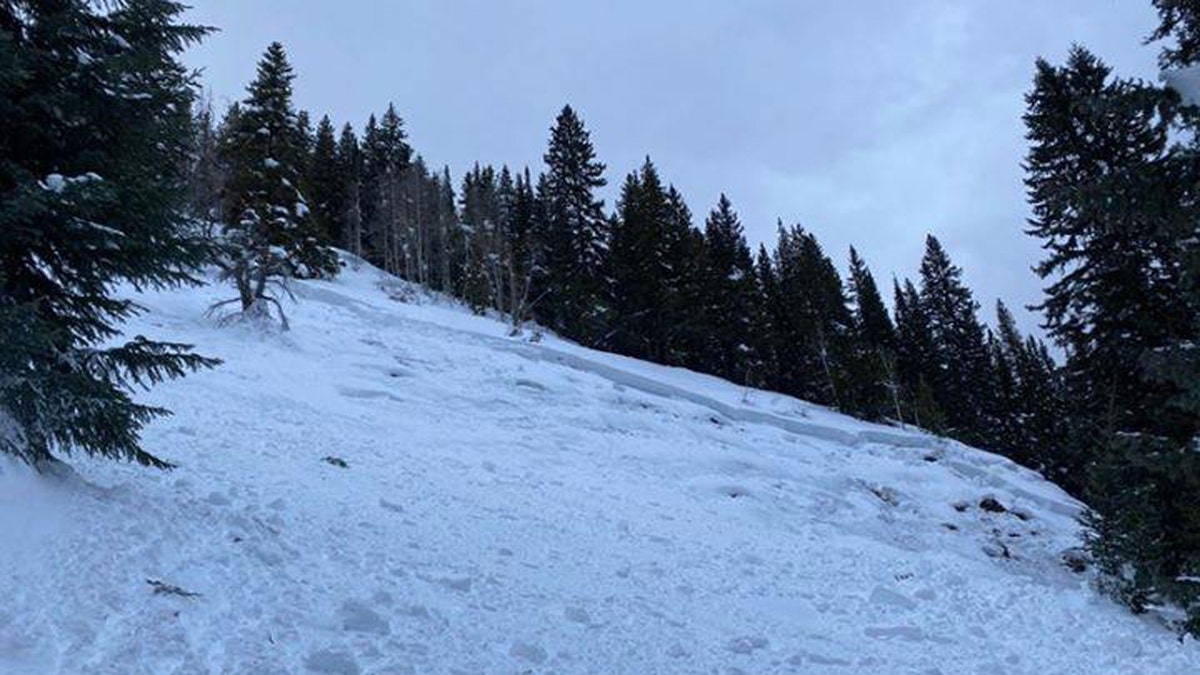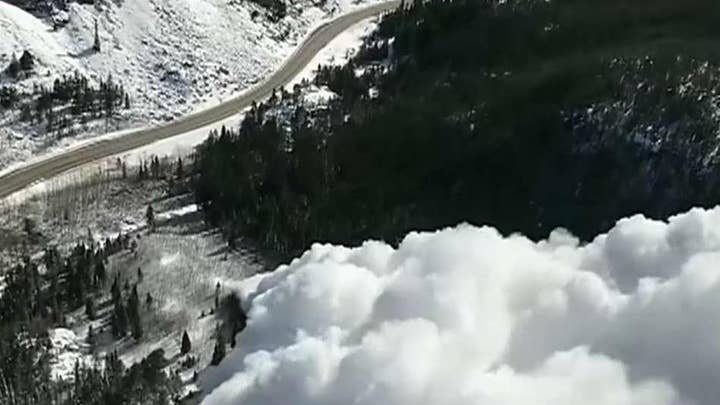Avalanche safety: What are the warning signs
As fresh snowfall beckons those looking to enjoy the great outdoors in winter, it also brings the risk that comes along with avalanches. Feel safer while hitting the slopes while keeping an eye out for these signs that an avalanche could occur.
As fresh snowfall beckons those looking to enjoy the great outdoors in winter, it also brings the risk that comes along with avalanches.
According to the National Weather Service, an avalanche is a rapid flow of snow down a hill or mountainside.
"While avalanches are sudden, there are typically a number of warning signs you can look for or feel before one occurs," according to the NWS. "In 90 percent of avalanche incidents, the snow slides are triggered by the victim or someone in the victim's party."
AVALANCHE IN COLORADO PARTIALLY BURIES SNOWMOBILER IN 'TERRIFYING' VIDEO
More than 150 people are killed worldwide each year by avalanches, according to the NWS.
In order to avoid becoming the victim of an avalanche, the National Avalanche Center offers the followings warnings signs to look out for when hitting the slopes:
You see an avalanche happen or see evidence of previous slides

Recent avalanches in a particular area are a warning sign that more may be possible. (Colorado Avalanche Information Center)
If there are new or recent avalanches in a particular area, that means more are possible.
Signs of unstable snow
According to the Avalanche Center, cracking or collapsing snow around one's feet or skies is a warning sign that an area is unstable. Hearing a "whumping" sound as one walks indicates that the snow is settling and a slab might release.
AVALANCHE IN COLORADO LEAVES 2 PRESUMED DEAD NORTH OF VAIL, LONE SURVIVOR MANAGED TO 'FREE HIMSELF'
Heavy snowfall or rain in the past 24 hours
If there are significant amounts of snow or rain, the snowpack on hillsides can be made unstable.
"Avalanches are often triggered the first clear day after a storm," according to the Avalanche Center. "Because it is sunny does not mean it is safe."
CLICK HERE FOR MORE WEATHER COVERAGE FROM FOX NEWS
Windblown snow
On gusty days, snow that's blown on mountainsides can accumulate in a dangerous way.
According to the Avalanche Center, windblown snow loads tend to pile up on leeward slopes, even when it's not snowing out. Those loads can then get deposited in dangerous drifts that could release further down a mountain.
Significant warming or rapidly increasing temperatures
When temperatures quickly rise, gravity can cause snow packed on hillsides to creep downhill and become less stable, eventually triggering an avalanche.






















